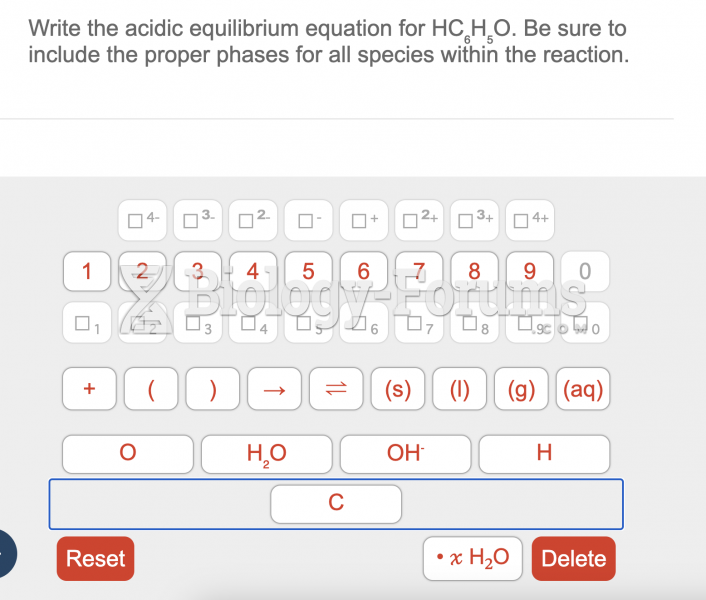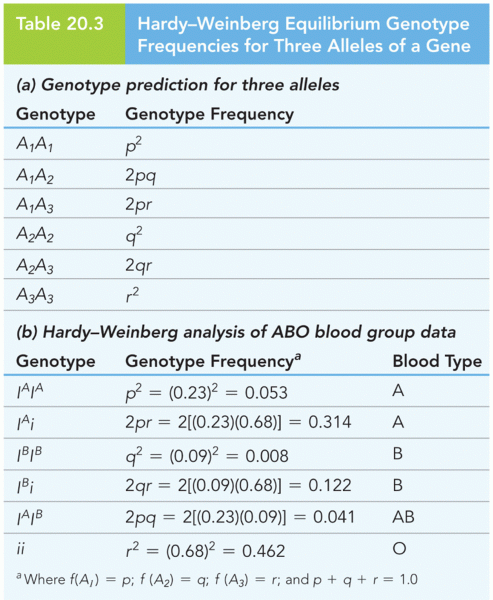This topic contains a solution. Click here to go to the answer
|
|
|
Did you know?
Recent studies have shown that the number of medication errors increases in relation to the number of orders that are verified per pharmacist, per work shift.
Did you know?
Blood is approximately twice as thick as water because of the cells and other components found in it.
Did you know?
Aspirin may benefit 11 different cancers, including those of the colon, pancreas, lungs, prostate, breasts, and leukemia.
Did you know?
The longest a person has survived after a heart transplant is 24 years.
Did you know?
The ratio of hydrogen atoms to oxygen in water (H2O) is 2:1.







